With a strategic vision, Vietnam is gradually and strongly innovating education and training, improving the quality of human resources, focusing on discovering, nurturing, and utilizing talents and building a learning society. In particular, military schools continue to affirm their pioneering role.
The driving force for the country to develop rapidly and sustainably
When discussing modern education, the United Nations Educational, Scientific and Cultural Organization (UNESCO) identified four basic pillars of education: learning to know, learning to do, learning to live together and learning to be. Recently, UNESCO added a fifth pillar - learning to change oneself and contribute to changing the world for the better. During his lifetime, President Ho Chi Minh also affirmed: "Learning to work,... to be a human being, to be a cadre... Learning to serve the community, the class and the people, the Fatherland and humanity"...
This is considered the philosophy and educational motto for every country in the 21st century; at the same time, it is the compass for our Party to correctly determine the goals and content of building a modern Vietnamese education in the new era.
To realize the above viewpoints, during the 2020 - 2025 term, our Party has issued many resolutions, directives and conclusions on education and training. In particular, Resolution No. 71-NQ/TW of the Politburo on breakthroughs in education and training development affirmed: "... education and training is the top national policy, deciding the future of the nation". General Secretary To Lam, in his closing speech at the 11th Conference of the 13th Party Central Committee, emphasized: "Building a modern national education system, on par with the region and the world, is one of the fundamental solutions to overcome the risk of falling behind".
In practice, Vietnam spends about 20% of its total annual budget on education and training every year, among the largest in the world (US 13%, Indonesia 17.5%, Singapore 19.9%)... Vietnam's education quality has developed comprehensively at all levels, especially university education.
As of August 31, 2025, Vietnam has 16 higher education institutions and 694 training programs recognized by foreign educational accreditation organizations. Through participation in prestigious rankings, Vietnamese higher education has a clear presence on the world map.
In 2025, Vietnam achieved its most outstanding achievement ever with 9 higher education institutions ranked in the top 1,000 universities in the world (according to the Times Higher Education - THE Global University Rankings).
According to data published on November 6, 2024 by QS, the country has 6 training institutions in the QS World ranking list (ranking of universities in the world), an increase of 1 training institution compared to 2024 and 17 schools in the QS Asia University Ranking list (ranking of universities in Asia), an increase of 2 schools compared to 2024.
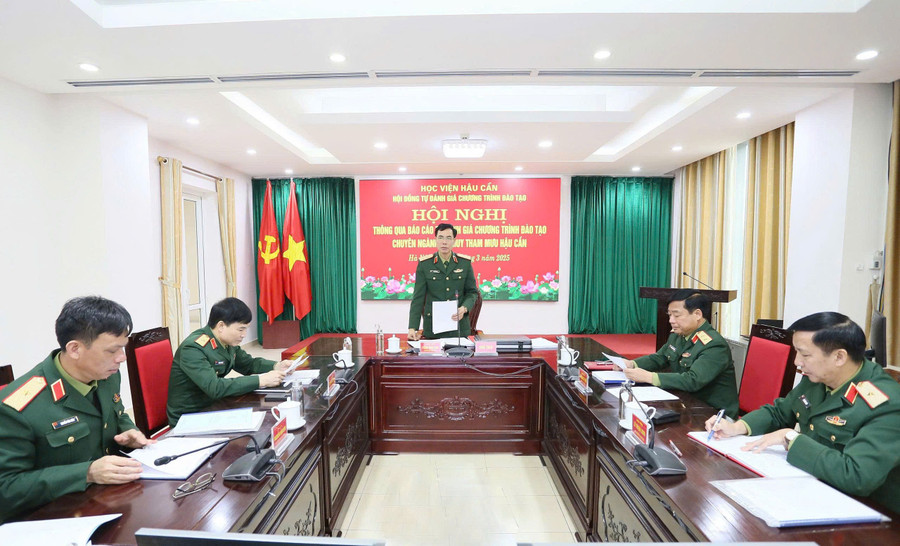
The quality of human resource training is constantly improving. Currently, we have about 15.2 million trained workers, a relatively high rate compared to other countries in the world. Vietnam's (HCI) and (HDI) indexes have been increasing year by year; it is one of the countries in the Asia-Pacific region with the highest score in terms of human capital index and one of the countries with a high human development index in the region and the world...
The Party, the State, the Central and local ministries and branches have always resolutely implemented the attraction and utilization of talents, achieving many positive results. As of 2023, 3,128 people were recruited under the policy of attracting and utilizing talents; timely supplementing high-quality human resources for the cause of industrialization and modernization of the country.
The above figures are clear evidence for the development of Vietnam's education; at the same time, they are an important driving force contributing to promoting the country's rapid and sustainable development.
However, besides the achievements, Vietnamese education and training still have shortcomings and limitations. These shortcomings have been pointed out comprehensively, fully, objectively, and accurately reflect the reality in Resolution No. 71-NQ/TW.
Synchronizing solutions for the new phase
Building a modern national education system that is on par with the region and the world is moving towards a learner-centered model, focusing on comprehensive human development in terms of knowledge, skills, attitudes and personality; encouraging independent thinking, creativity and problem-solving ability, helping learners adapt flexibly to changes in the times.
Education and training must truly be the top national policy, the decisive driving force for the country's sustainable development, directly contributing to improving people's knowledge, training and developing high-quality human resources, focusing on discovering, nurturing and making good use of talents to meet the requirements, tasks and demands of reality in the current period.
Some key solutions that need to be focused on implementing in the coming term are as follows:
Firstly, on building a modern education system that is on par with the region and the world: It is necessary to strongly innovate the training program in the direction of streamlining, integration and digital transformation; closely combine knowledge provision with developing learners' qualities, culture and health; connect family - school - society in the entire educational process. Identify learners as the center, the subject of the educational process; schools as the foundation; teachers as the driving force, determining the quality of training.
Promote the application of information technology, simulation technology and artificial intelligence in management, operation and supervision of teaching and learning activities; gradually build "digital schools", "smart classrooms", "digital teachers" and "digital learners". Along with that, it is necessary to build and deploy a digital competency framework for subjects in the education system; proactively cooperate and link internationally in training and research; move towards establishing joint training units and research institutes of Vietnamese educational institutions.
Second, regarding improving people's knowledge and the quality of human resource training, focusing on discovering, nurturing, and making use of talents: It is necessary to promptly complete the legal system and promptly remove bottlenecks and bottlenecks in institutions, mechanisms, and policies. Promote innovation and create development in education and training.
Build a synchronous human resource development strategy for the country, for each industry and each field. In particular, focus on training and retraining to improve human resources, focusing on improving professionalism and practical skills. Continue to improve training, fostering, rewarding and rewarding policies for talents,... so that talents can develop through their talents and enjoy benefits worthy of their creative labor value.
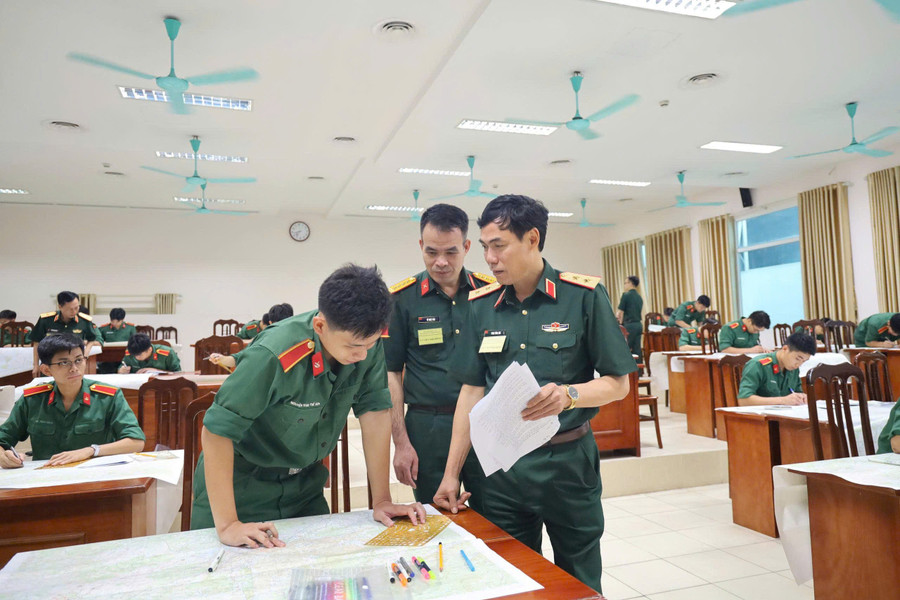
Third, on building a learning society model and promoting lifelong learning: It is necessary to continue researching and perfecting the national education system in the direction of open, flexible education, lifelong learning and building a real learning society. Re-planning the network of vocational education and higher education institutions in conjunction with socio-economic development planning and national human resource development strategy.
Promote the model of vocational education and training, linking learning with practice, theory with practice right from high school; ensure that learners receive early career orientation and have the capacity to work practically. At the same time, develop non-public schools reasonably and effectively, especially vocational education and higher education.
For military schools, it is necessary to continue to make breakthroughs and innovate to improve the quality of education, training, and scientific research in the direction of linking schools with units; effectively implementing the motto "The quality of training of the school is the combat readiness of the unit".
By 2030, strive to become the leading prestigious education, training and scientific research centers of the country and region in the fields of military, logistics, engineering, finance, health care, social sciences and military humanities.
At the same time, strive to meet the basic standards of a smart, modern school associated with digital transformation; build a revolutionary, disciplined, elite, and modern army. Together with the whole country, build a new generation of Vietnamese people with patriotism and national pride; with enough courage, intelligence, capacity, qualifications, health; with the will and aspiration to contribute, dedicate, build and firmly protect the Vietnamese Fatherland in the new stage of development;
With the correct policies and guidelines of the Party and State, we believe that in the coming term, the education and training sector will have strong developments and breakthroughs, creating a solid foundation for the country to develop strongly, building a "Revolutionary", "Regular", "Elite", "Modern" Army in the new era, the era of national strength and prosperity.
Source: https://giaoducthoidai.vn/gd-dt-tru-cot-chien-luoc-phat-trien-dat-nuoc-va-xay-dung-quan-doi-hien-dai-post751839.html


![[Photo] President Luong Cuong attends the 80th Anniversary of the Traditional Day of Vietnamese Lawyers](https://vphoto.vietnam.vn/thumb/1200x675/vietnam/resource/IMAGE/2025/10/09/1760026998213_ndo_br_1-jpg.webp)



![[Photo] Prime Minister Pham Minh Chinh chairs a meeting of the Government Standing Committee on overcoming the consequences of natural disasters after storm No. 11](https://vphoto.vietnam.vn/thumb/1200x675/vietnam/resource/IMAGE/2025/10/09/1759997894015_dsc-0591-jpg.webp)
![[Photo] General Secretary To Lam visits Kieng Sang Kindergarten and the classroom named after Uncle Ho](https://vphoto.vietnam.vn/thumb/1200x675/vietnam/resource/IMAGE/2025/10/09/1760023999336_vna-potal-tong-bi-thu-to-lam-tham-truong-mau-giao-kieng-sang-va-lop-hoc-mang-ten-bac-ho-8328675-277-jpg.webp)




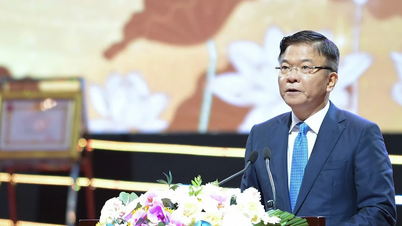
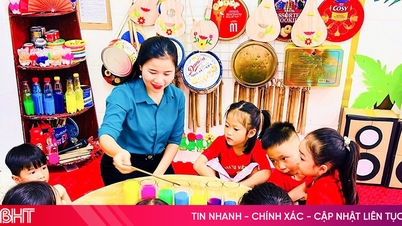

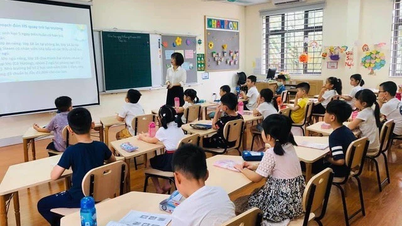
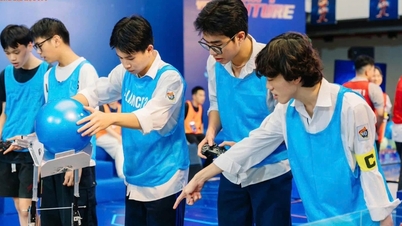

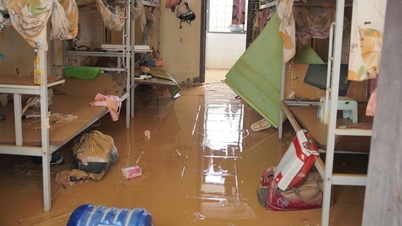
















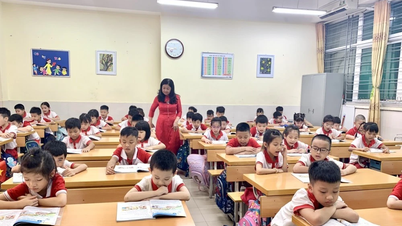













































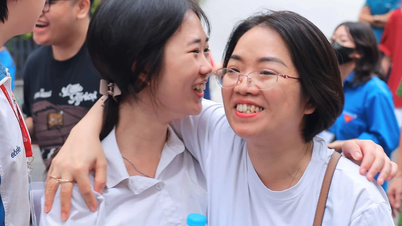

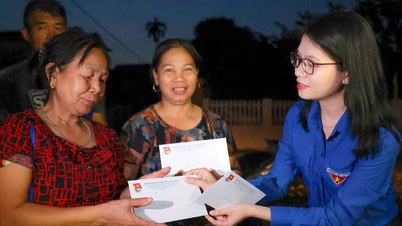
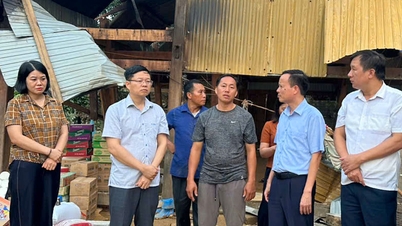














Comment (0)